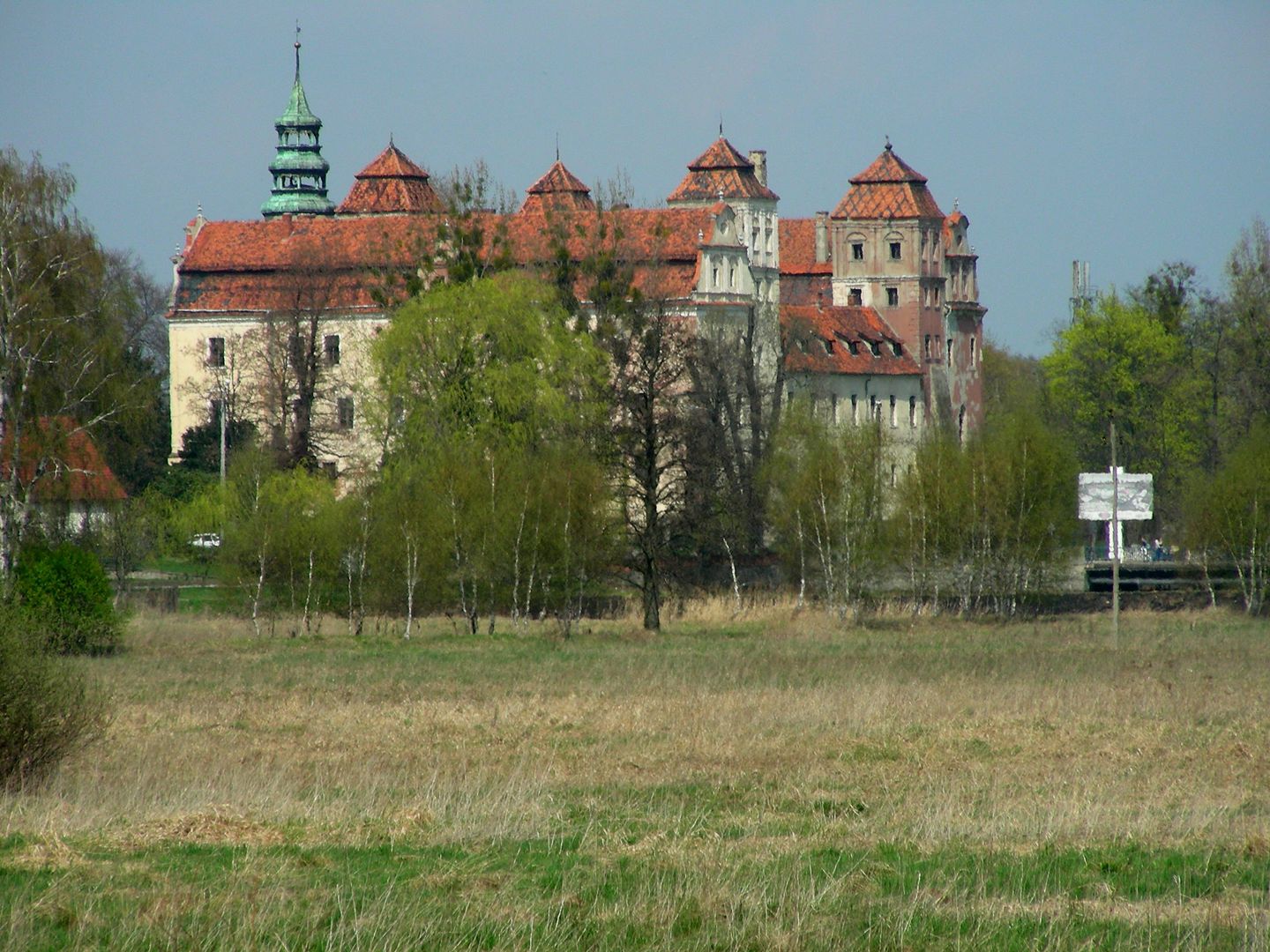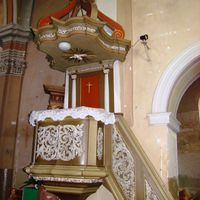Niemodlin
6.1

Overview
Niemodlin is a town in the Opole Voivodeship, known for its rich history dating back to at least the 13th century, when it was first mentioned in 1224. The town received its city rights in 1283, and from 1313 it became the seat of the Duchy of Niemodlin. Located in Upper Silesia, on the Niemodlin Plain, the town is traversed by the Ścinawa Niemodlińska River. Architecturally, it stands out with its unique spindle-shaped market square and a complex of townhouses from the 18th and 19th centuries. Among the town's monuments are the Gothic Church of the Assumption of the Blessed Virgin Mary, whose construction began in the 13th century, as well as a presbytery complex and a castle that has been rebuilt multiple times since the 14th century. Niemodlin also features fragments of medieval defensive walls and many interesting structures, such as the former 19th-century town hall, a statue of St. Florian, and a 17th-century armory. The town's history was disrupted during World War II by administrative changes, and after the war, Niemodlin became part of Poland. Until 1996, the town had passenger rail connections, but since then, rail transport has been limited to freight. Local culture is significantly influenced by sports clubs and religious communities, including the Roman Catholic parish and a congregation of Jehovah's Witnesses. Niemodlin cooperates with partner cities such as Vechelde and Štíty. An interesting fact is the legend of St. Adalbert, who, according to tradition, stopped in Niemodlin during his missionary journey.
Location
You can also find here:
2025 Wizytor | All Rights Reserved
